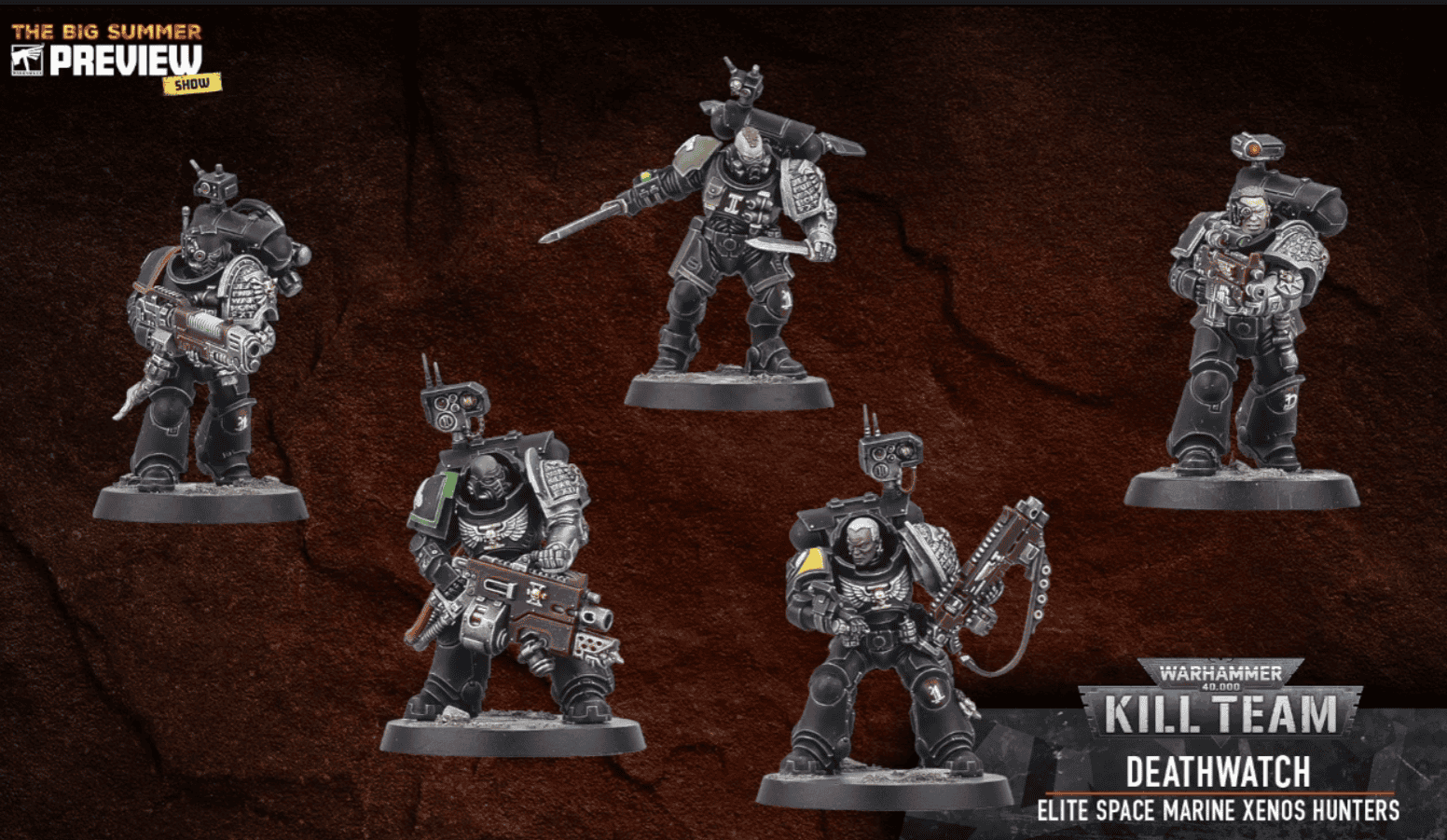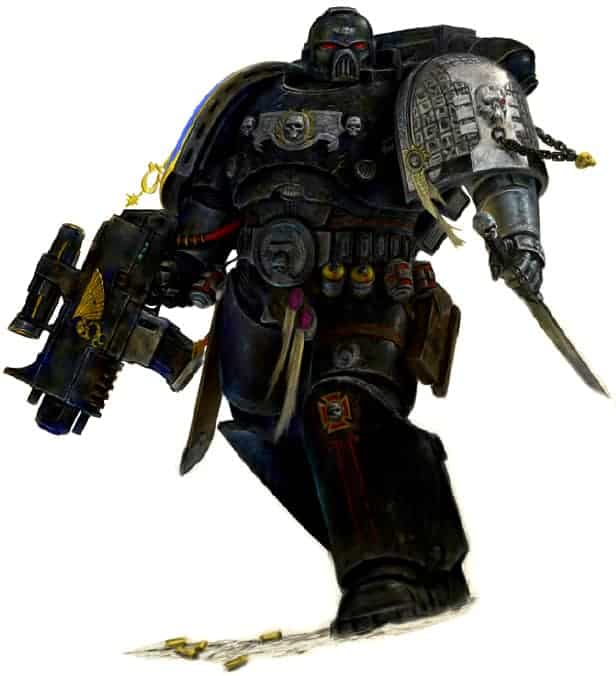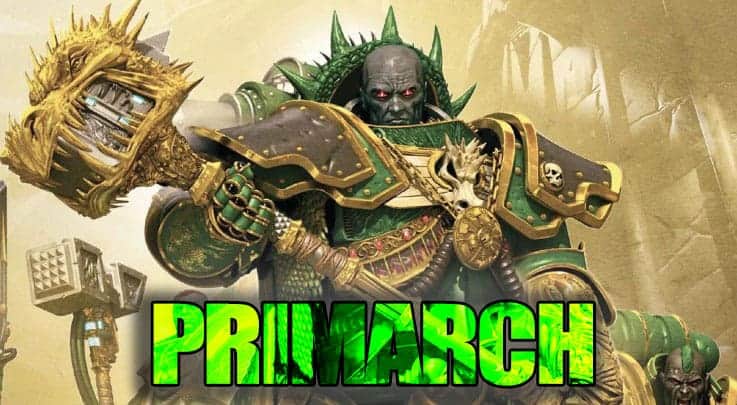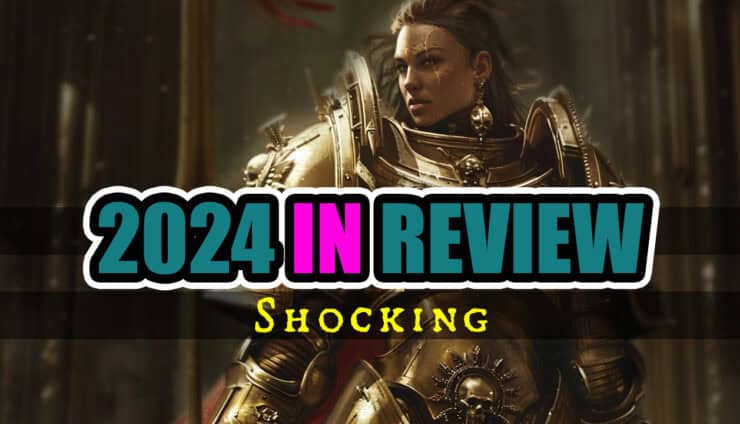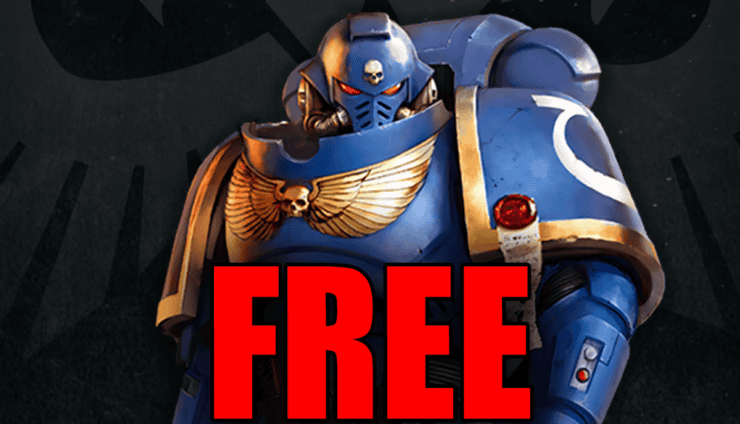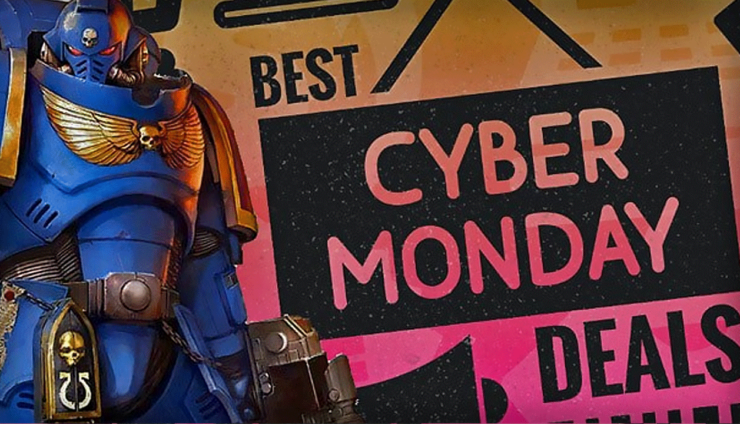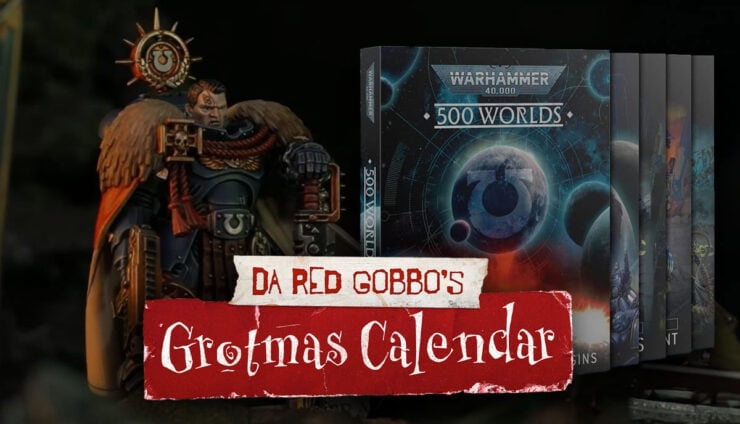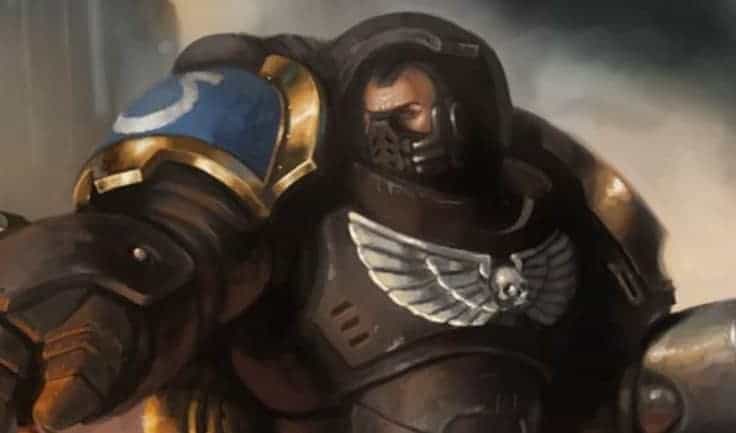 Becoming Deathwatch isn’t just an honor; it’s a deadly test, learn how Space Marines earn their place among Warhammer 40k’s ultimate alien hunters.
Becoming Deathwatch isn’t just an honor; it’s a deadly test, learn how Space Marines earn their place among Warhammer 40k’s ultimate alien hunters.
Updated October 9th, 2025, by Rob Baer with new information and links to relevant content and their new rules.
The Deathwatch 40k are the Imperium’s alien-hunting specialists. Space Marines handpicked from Chapters across the galaxy to serve the Inquisition’s Ordo Xenos. They trade their old colors for black armor, take up experimental wargear, and fight in small, elite kill teams against the galaxy’s worst nightmares.
These warriors do not fight for glory. They fight to stop humanity from becoming extinct, one Xenos hive, warband, or tomb world at a time.
What is the Deathwatch 40k?
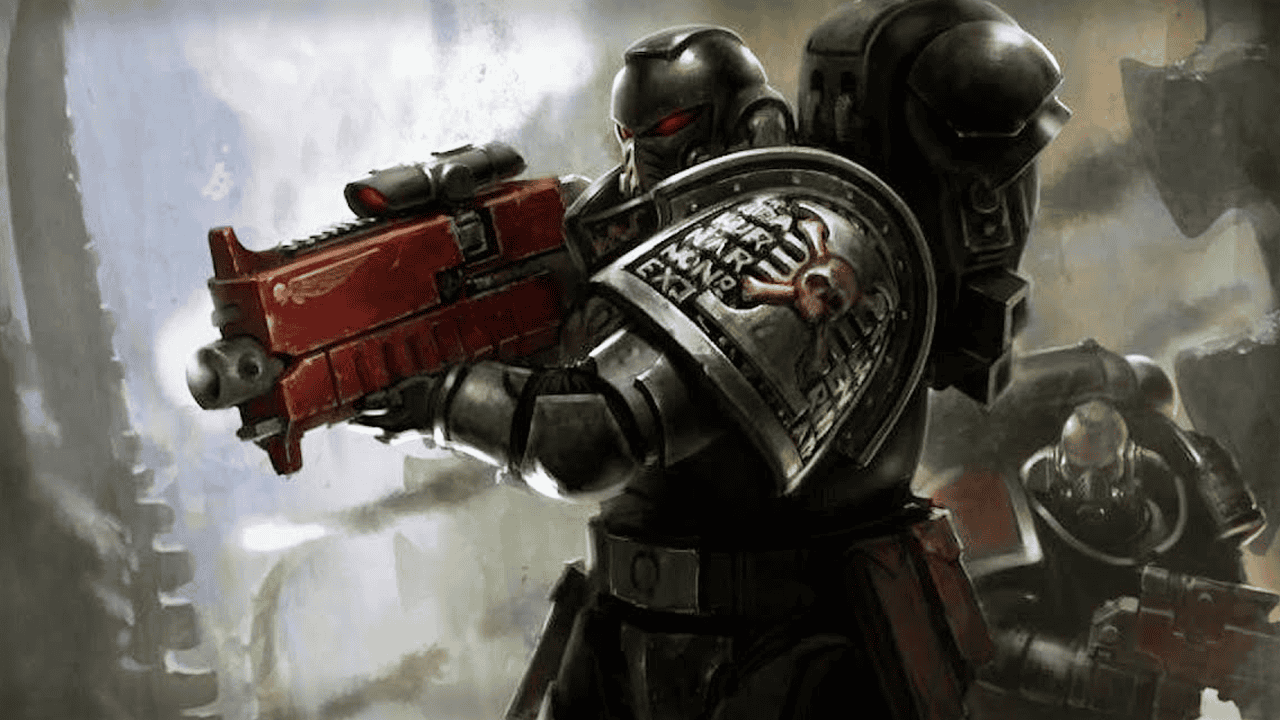
It is the Imperium’s version of an all-star team. Each Marine brings unique skills, tactics, and gear, molded together under a single mission: eliminate the Xenos.
How Space Marines Join the Warhammer 40k Deathwatch
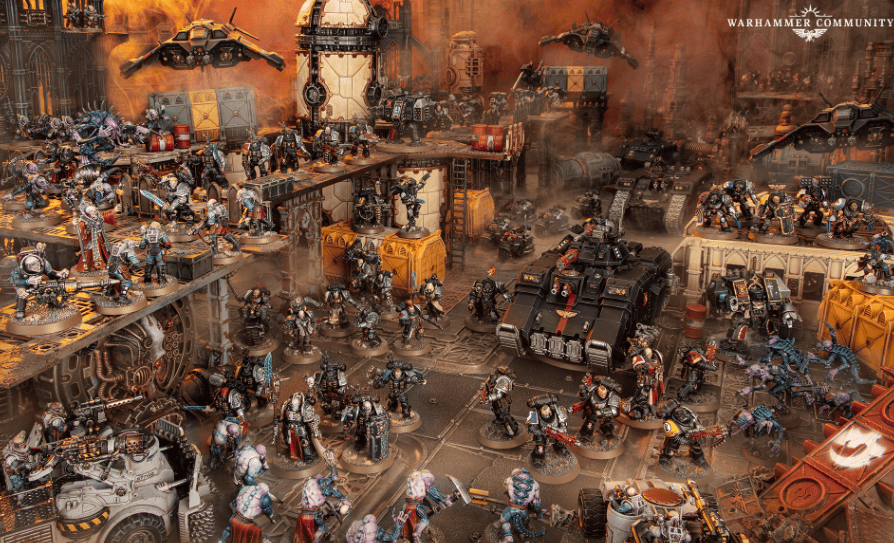
Every Marine chosen already has centuries of experience, but none of that guarantees survival. The Deathwatch is not about rank or prestige; it is about adaptability. A warrior must unlearn old habits and learn to fight alongside Space Marines who once might have been rivals.
Deathwatch 40k Recruitment and Training Process
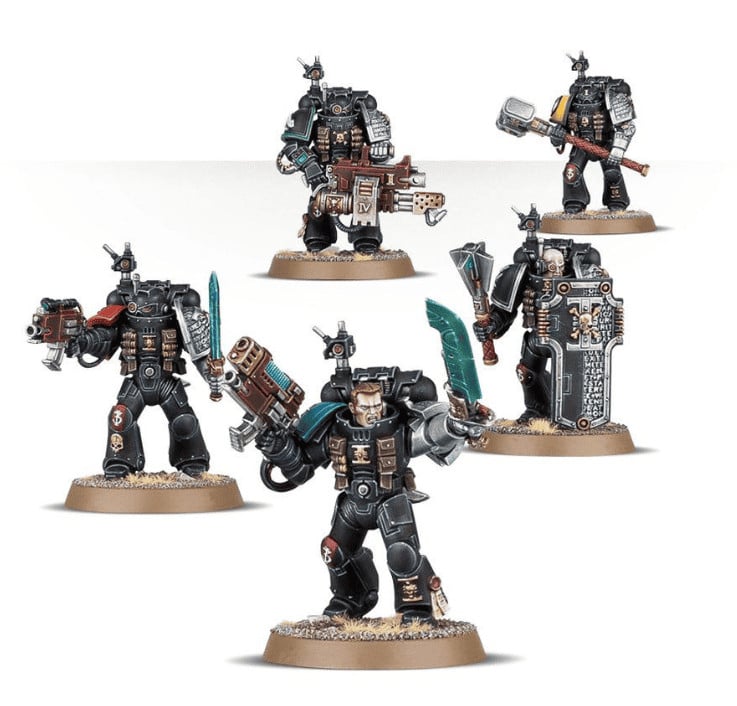
Each Marine learns advanced marksmanship, infiltration tactics, and the use of rare weapons such as the Deathwatch boltgun with its specialized ammunition. It is not just about muscle and armor. Every recruit becomes a tactician, linguist, and biologist of alien species, capable of identifying weaknesses in anything from Ork war machines to Tyranid bio-beasts.
Deathwatch Warhammer 40k Initiation Rites
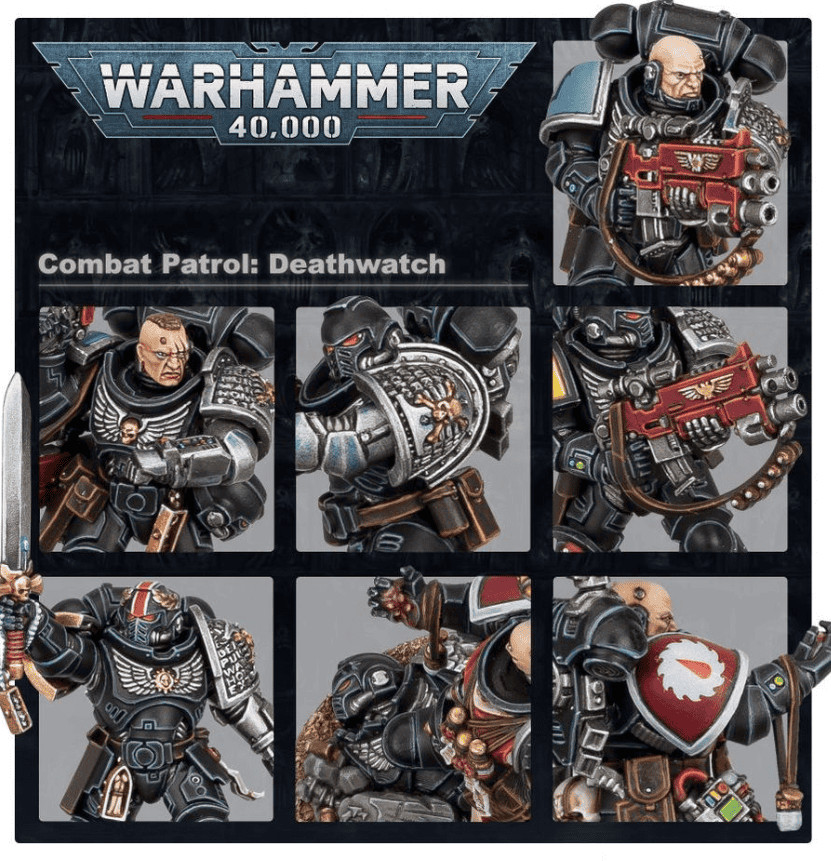
Once that is done, they are Deathwatch. No longer Ultramarine, Blood Angel, or Salamander. Just a brother in black, bound by duty and the mission ahead.
The Price of Service in the Deathwatch 40k
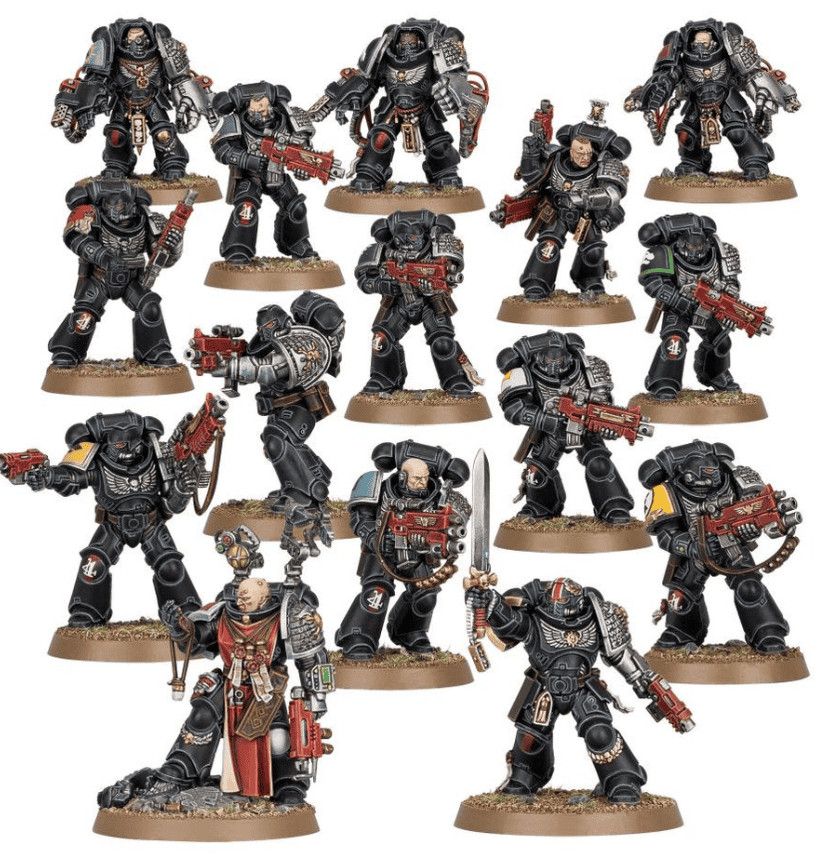
Challenges of Serving in the Warhammer 40k Deathwatch
The psychological toll is immense. Fighting the endless horrors of the galaxy’s alien species changes a Marine. They face enemies that warp minds, infect gene-seed, or mimic human behavior. Some return home distant and alien themselves, haunted by what they have seen.
Deathwatch 40k Armor and Specialized Wargear
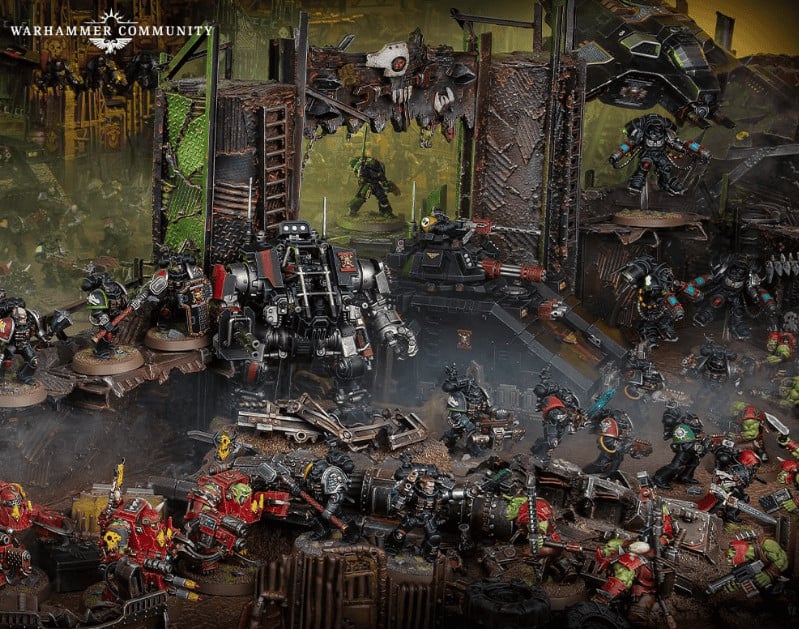
Every piece of their equipment is engineered for precision and efficiency. It is the kind of wargear that makes an entire Tyranid swarm nervous.
Why Space Marines Join the Deathwatch 40k
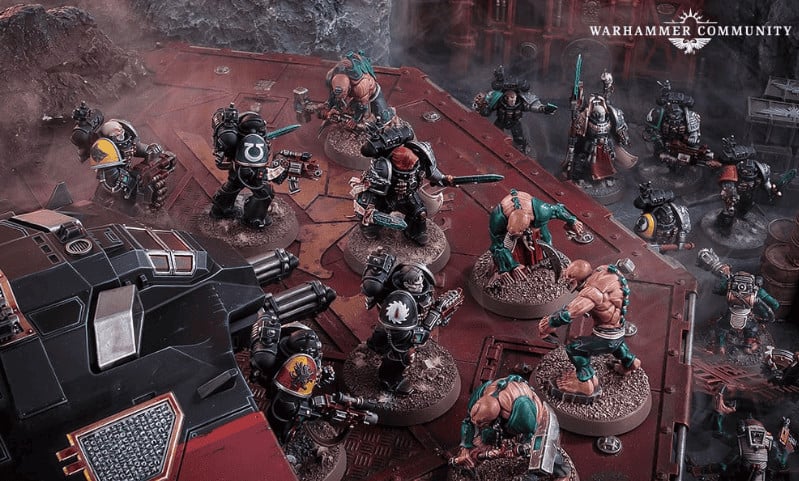
For some, it is an escape from disgrace. The Deathwatch offers them one last chance to serve, even if it means never returning home. Then there are the Black Shields, Space Marines who have renounced their past entirely, wearing blank shoulder guards to symbolize their lost identity. They serve until death, their loyalty owed to no Chapter but the Imperium itself.
Serving in the Deathwatch is more than a posting; it is a rebirth. For many, the experience reshapes their tactics, their faith, and their understanding of war.
Warhammer 40k Deathwatch Organization and Ranks
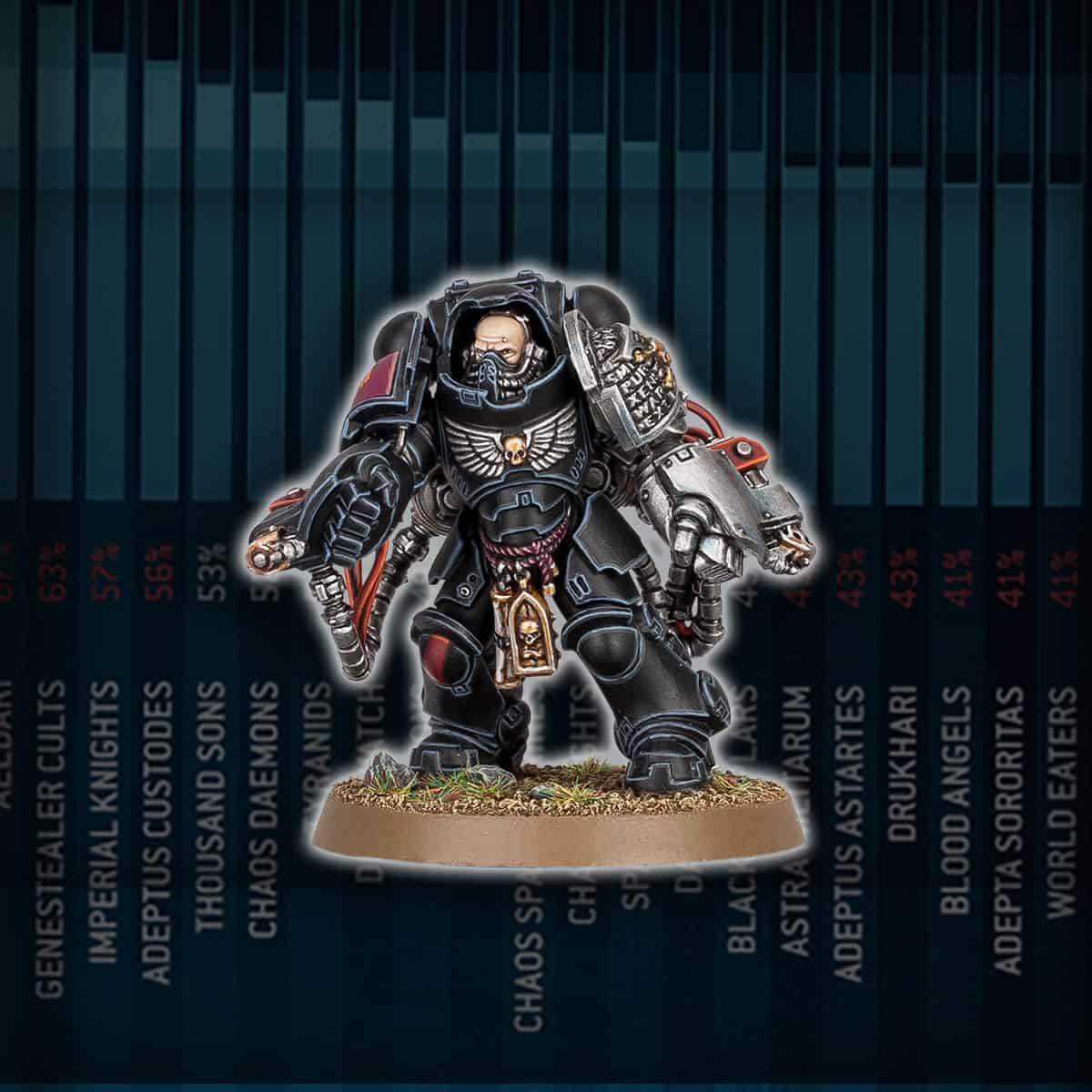
Deathwatch 40k Chain of Command
At the top sits the Watch Master, the ultimate authority in the Deathwatch hierarchy. Below him, Watch Captains command fortresses scattered across the galaxy. Each fortress is an armory, training ground, and staging area for kill teams preparing to strike deep into alien territory.
Leadership is not based on lineage or politics; it is earned through surviving impossible missions. A Marine could go from Sergeant to Watch Captain based purely on tactical brilliance.
Deathwatch Warhammer 40k Leaders and Specialists
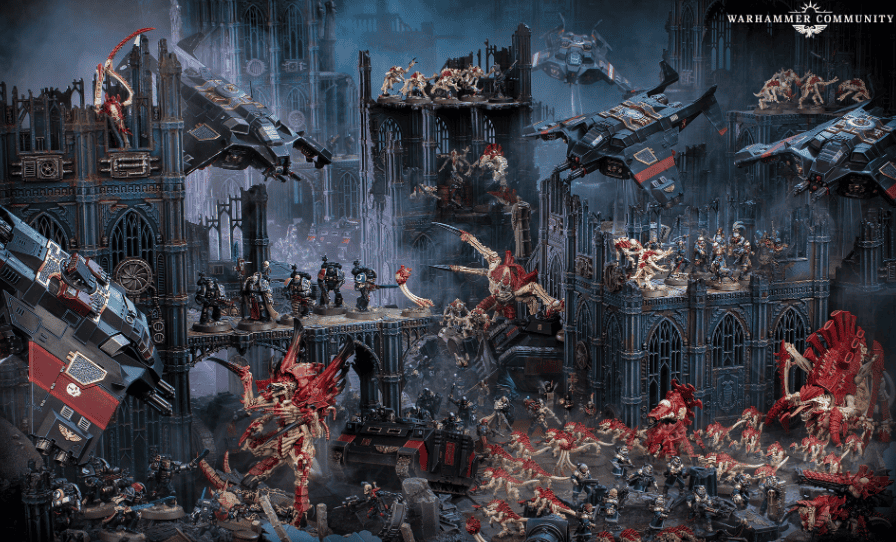
Then there are the Black Shields, warriors without a Chapter or past, fighting with unmatched ferocity. They are unpredictable, dangerous, and utterly committed.
Deathwatch 40k Kill Teams and Missions
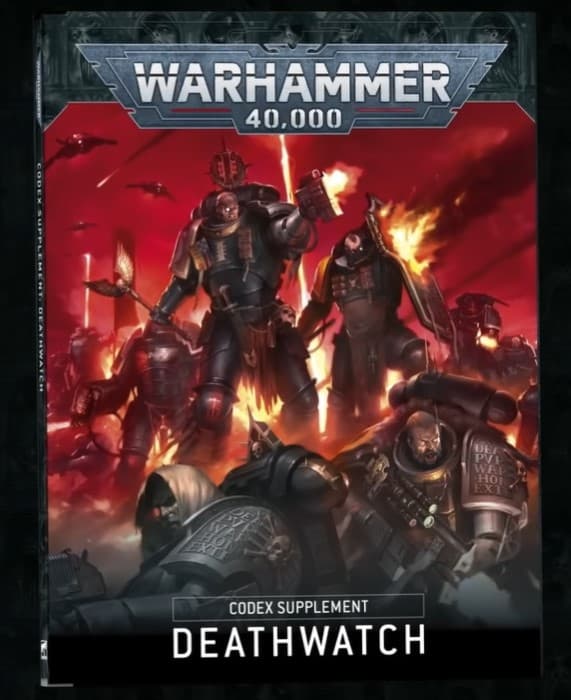
These teams are not designed for long campaigns. They strike hard, vanish fast, and leave the battlefield scorched and silent. Their victories are rarely publicized, yet the Imperium’s survival depends on them.
Famous Deathwatch Kill Teams in Warhammer 40k
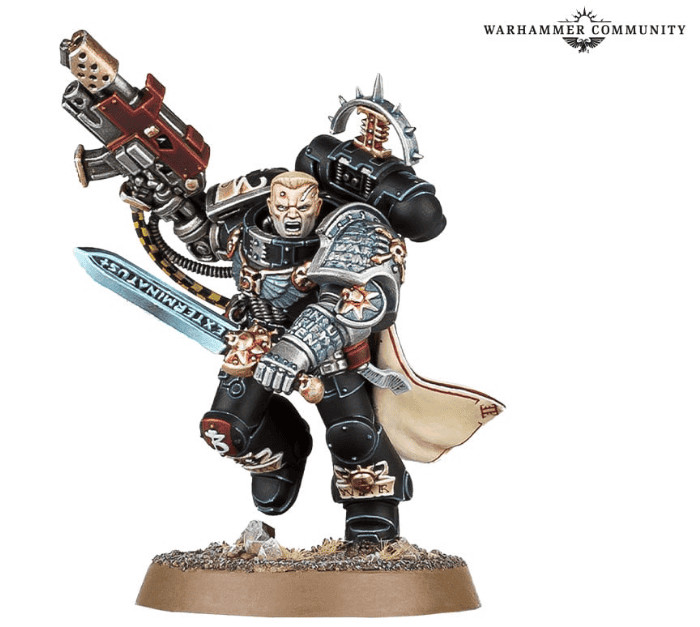
Kill Team Cassius: Led by Chaplain Cassius of the Ultramarines, this squad earned fame for its campaigns against the Tyranids. Their operations crippled entire hive fleets and gave the Imperium time to regroup.
Kill Team Artemis: Commanded by Watch Captain Artemis, this team operates far beyond Imperial borders, hunting alien species most commanders do not even know exist. Their missions are whispered about across the Inquisition for their sheer audacity.
Both teams embody what makes the Deathwatch 40k unique: elite skill, absolute secrecy, and a mission that never ends.
Why the Deathwatch 40k Are the Imperium’s Last Line of Defense
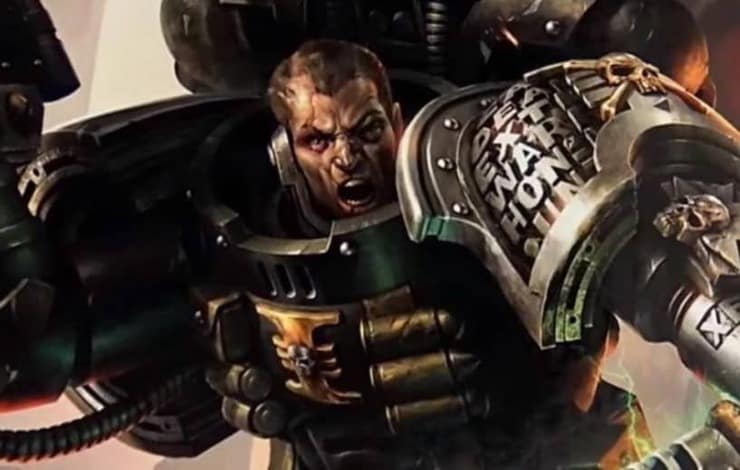
Some Marines return to their Chapters, bringing back alien-fighting expertise that strengthens their brothers. Others stay forever in black, finding purpose in the endless fight. Then there are those who vanish, their names erased, their deeds known only to the Inquisition.
The Deathwatch 40k does not exist for glory or banners. They exist so humanity does not have to face extinction again and again. They are the unseen shield, the scalpel in a galaxy that favors hammers.
Deathwatch Models in 40k
GW finally gave the Deathwatch some Primaris-sized love in the new Tomb World Kill Team box, and yeah, it vanished from shelves faster than a Necron phase-out. The good news? These Kill Team kits almost always get standalone releases later, so there’s hope yet.
The new scale basically future-proofs the models, and honestly, they look fantastic if this is where GW’s heading, we can probably expect more Deathwatch heroes joining the roster soon.
Deathwatch 40k FAQs
 What is the Deathwatch 40k?
What is the Deathwatch 40k?
The Deathwatch in Warhammer 40k are the Imperium’s alien-hunting specialists. Think of them as the all-star team of Space Marines, pulled from dozens of different Chapters, stripped of their old colors, and reforged into black-armored kill teams. Their only mission is to track, study, and eliminate Xenos before those threats spiral into full galactic disasters.
What is Deathwatch 40k on the Tabletop?
On the tabletop, Deathwatch 40k plays like a precision strike force. Instead of massive hordes, you get small squads armed with exotic ammo, custom wargear, and tactics that make every model hit harder than most armies’ rank and file. They’re perfect for players who want Space Marines with extra flavor, flexibility, and an arsenal designed to punch holes in Tyranids, Orks, or Necrons.
Who are the Deathwatch 40k?
The Deathwatch 40k are Space Marines seconded from their home Chapters to serve the Ordo Xenos. A Blood Angel might find himself shoulder to shoulder with a Space Wolf or an Ultramarine, all sworn to the same cause. Some return home after their tour of duty, while others remain forever in black, fighting in the shadows until their last breath.
What Xenos do the Deathwatch fight?
Tyranids, Orks, and Necrons top the list (but they will fight any Xenos). If you are looking for a tabletop match-up, the Tomb World Battleforce makes a perfect opposing army for your Deathwatch, creating cinematic clashes straight out of the lore.
Final Thoughts
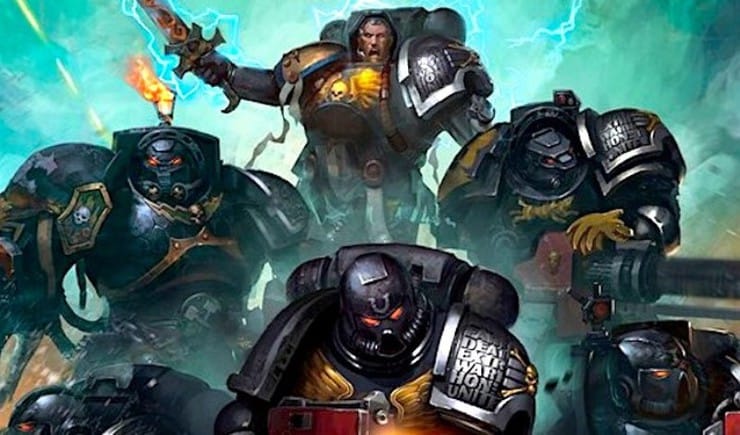
Few armies embody the phrase “small but mighty” better than the Deathwatch. And if you ever face them across the table, remember, when they arrive, it is already too late.
Learn How to Play Deathwatch Here!
What do you think about the Deathwatch and their place in the crusades against the Xenos of Warhammer 40k? Will you be playing them on the tabletop?
